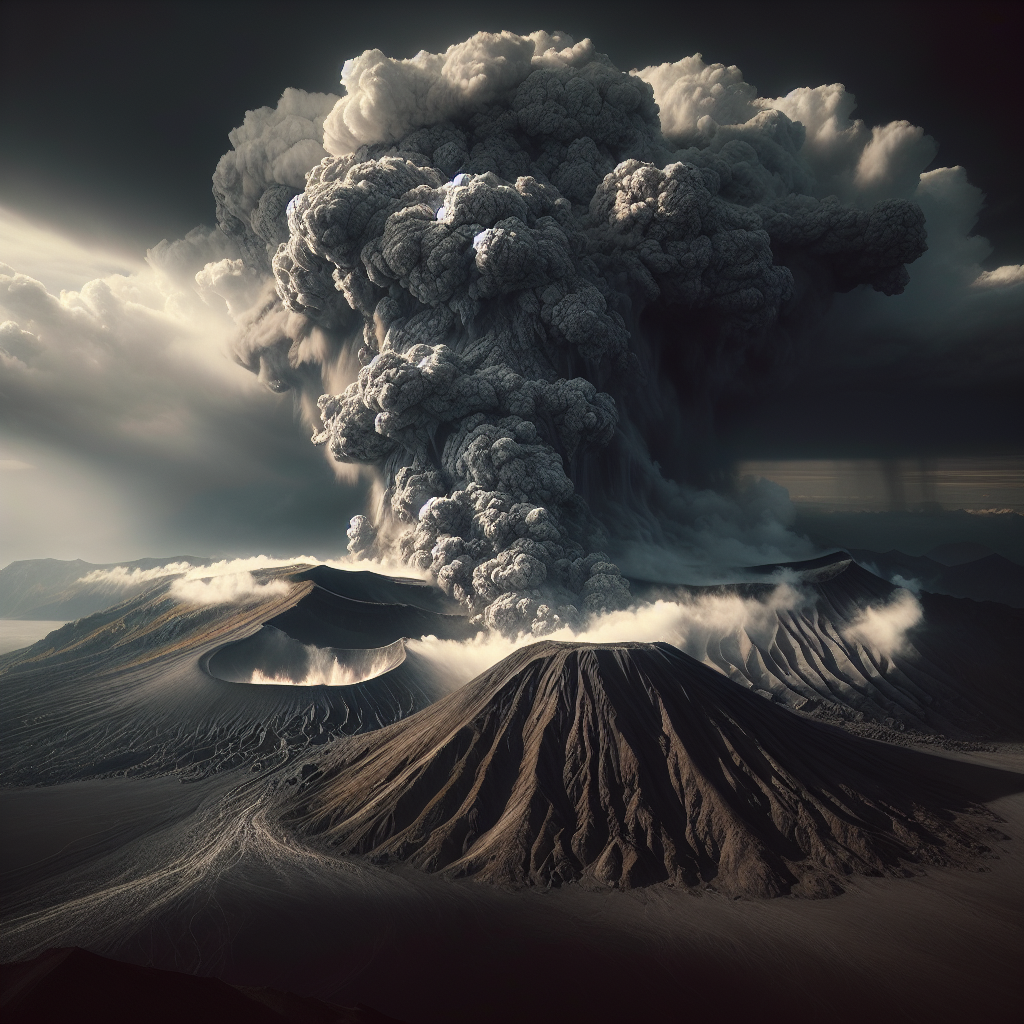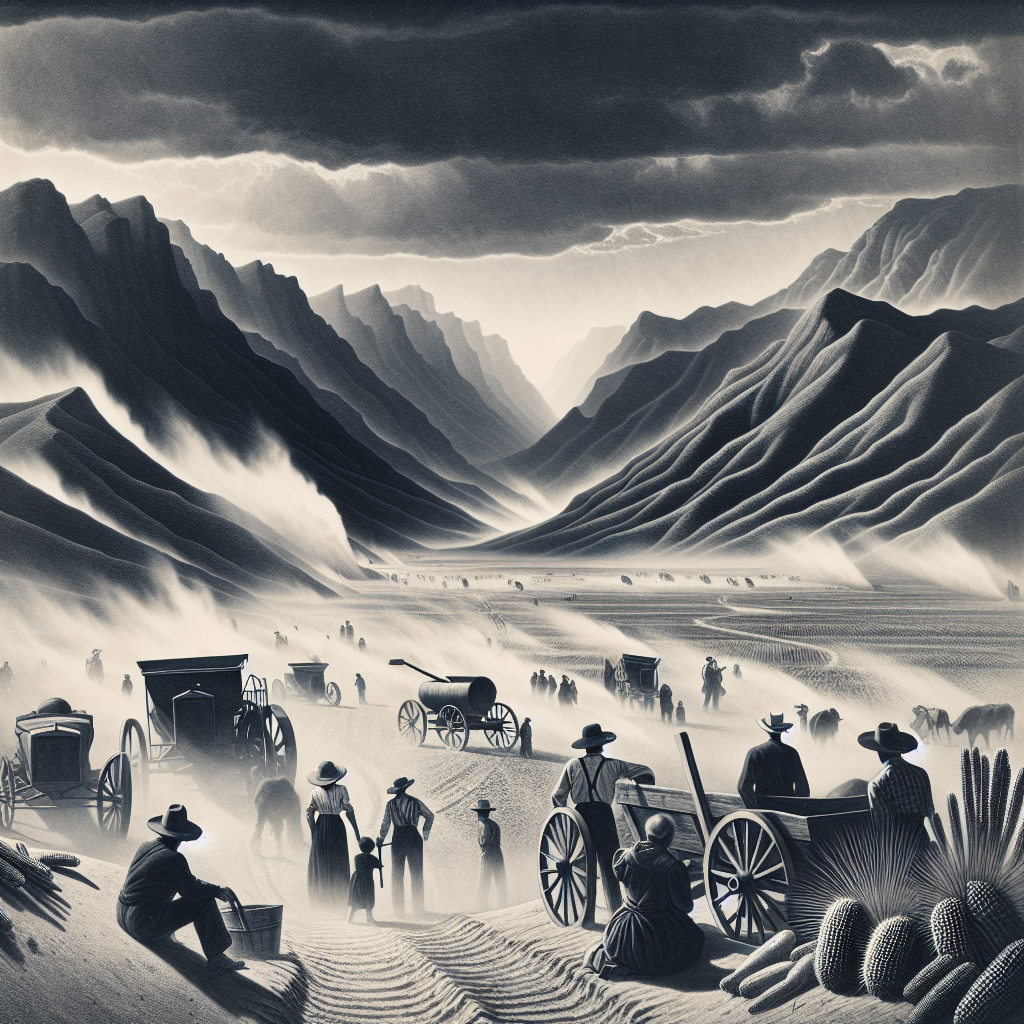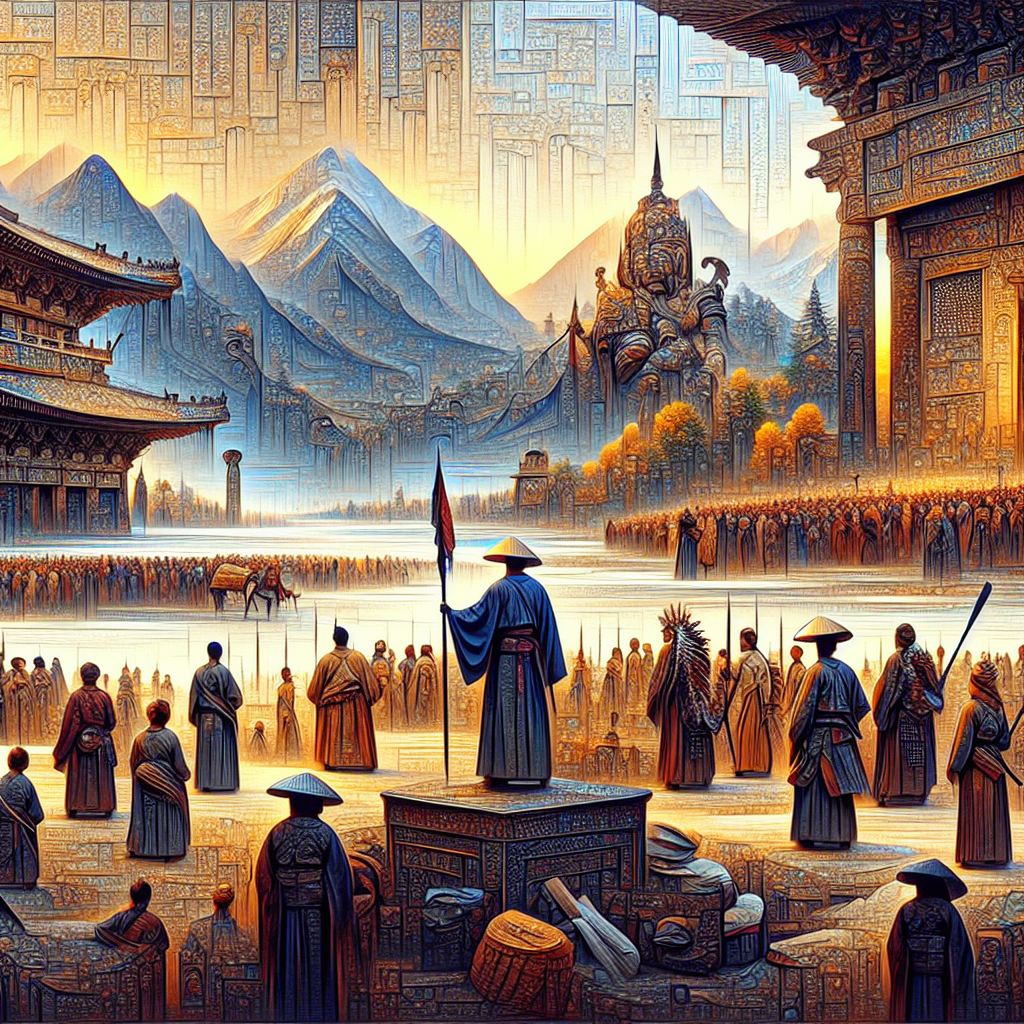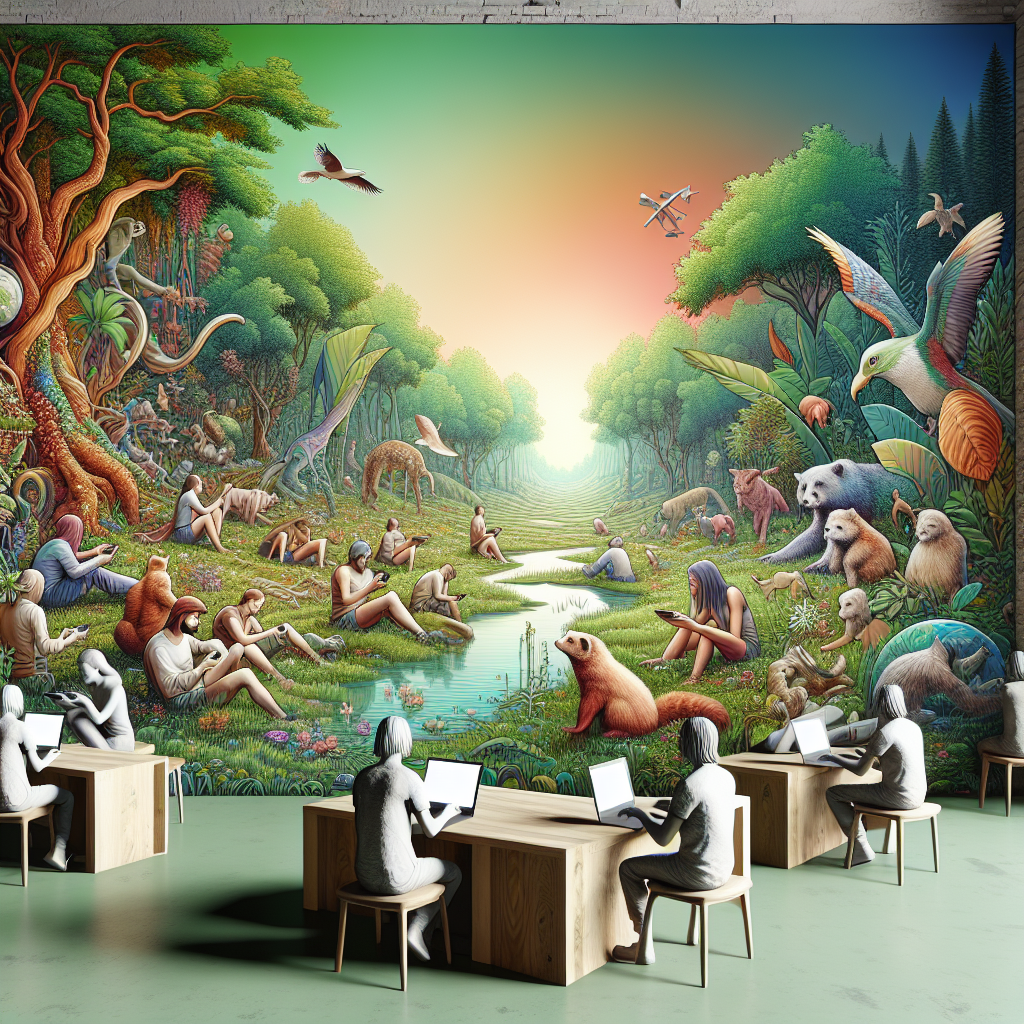The Role of Nature in Historical Events is a fascinating subject that showcases how natural phenomena have influenced human actions and decisions throughout history. From climatic shifts to natural disasters, nature has played a pivotal role in shaping the course of events that define our world.
Natural Disasters and Their Impact
Natural disasters have often been catalysts for significant historical changes. For instance, the eruption of Mount Vesuvius in 79 AD buried the Roman city of Pompeii under ash and pumice. This catastrophic event not only preserved the city for future archaeological study but also highlighted the vulnerability of civilizations to nature’s wrath. Such disasters have led to changes in policies, building codes, and even migrations as people sought safer lands.
Additionally, the 1906 San Francisco earthquake resulted in massive destruction and loss of life, prompting advancements in earthquake engineering and urban planning. The Role of Nature in Historical Events is evident in how societies adapt and evolve in response to these challenges.
Climate Change and Historical Movements
Climate change has been a driving force behind many migrations and conflicts throughout history. For instance, the Little Ice Age, which lasted from the 14th to the 19th century, significantly impacted agriculture in Europe, leading to food shortages and social unrest. The resulting famines contributed to the outbreak of revolutions and wars, illustrating how climatic conditions can lead to widespread societal changes.


Furthermore, the Dust Bowl in the 1930s forced thousands of families to abandon their farms in the Great Plains, contributing to the urban migration in America. This event showcased the critical link between environmental conditions and human socioeconomic dynamics, reinforcing the idea that The Role of Nature in Historical Events cannot be overlooked.
Nature as a Cultural Influence
Beyond disasters and climate, nature has also influenced the cultural and artistic expressions of societies. Many cultures have revered natural elements, leading to the creation of myths, art, and literature that reflect their relationship with the environment. For example, the Romantic movement in the late 18th century emphasized the beauty and power of nature, shaping literature and art that resonated with the human experience.
Additionally, movements such as environmentalism have roots in historical events where nature’s degradation led to public outcry and activism. The 1969 Santa Barbara oil spill, for instance, galvanized the environmental movement in the United States, leading to the establishment of Earth Day and the Environmental Protection Agency. This event is a prime example of how The Role of Nature in Historical Events extends beyond mere survival; it can inspire profound cultural shifts.
In conclusion, The Role of Nature in Historical Events is a crucial aspect of understanding our world. From natural disasters that reshape cities to climatic changes that drive migrations, nature’s influence is undeniable. By examining these events, we gain insight into how societies respond to their environment, adapt to challenges, and evolve culturally. To learn more about the connections between nature and history, visit History.com or National Geographic.
Some content and/or images on this page were created using AI.





